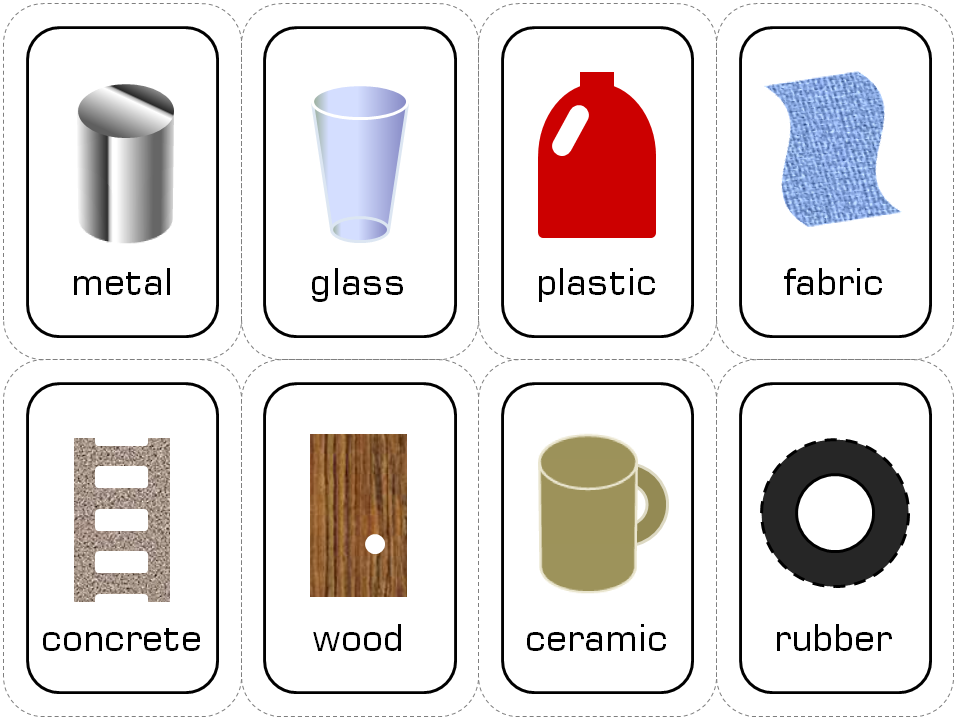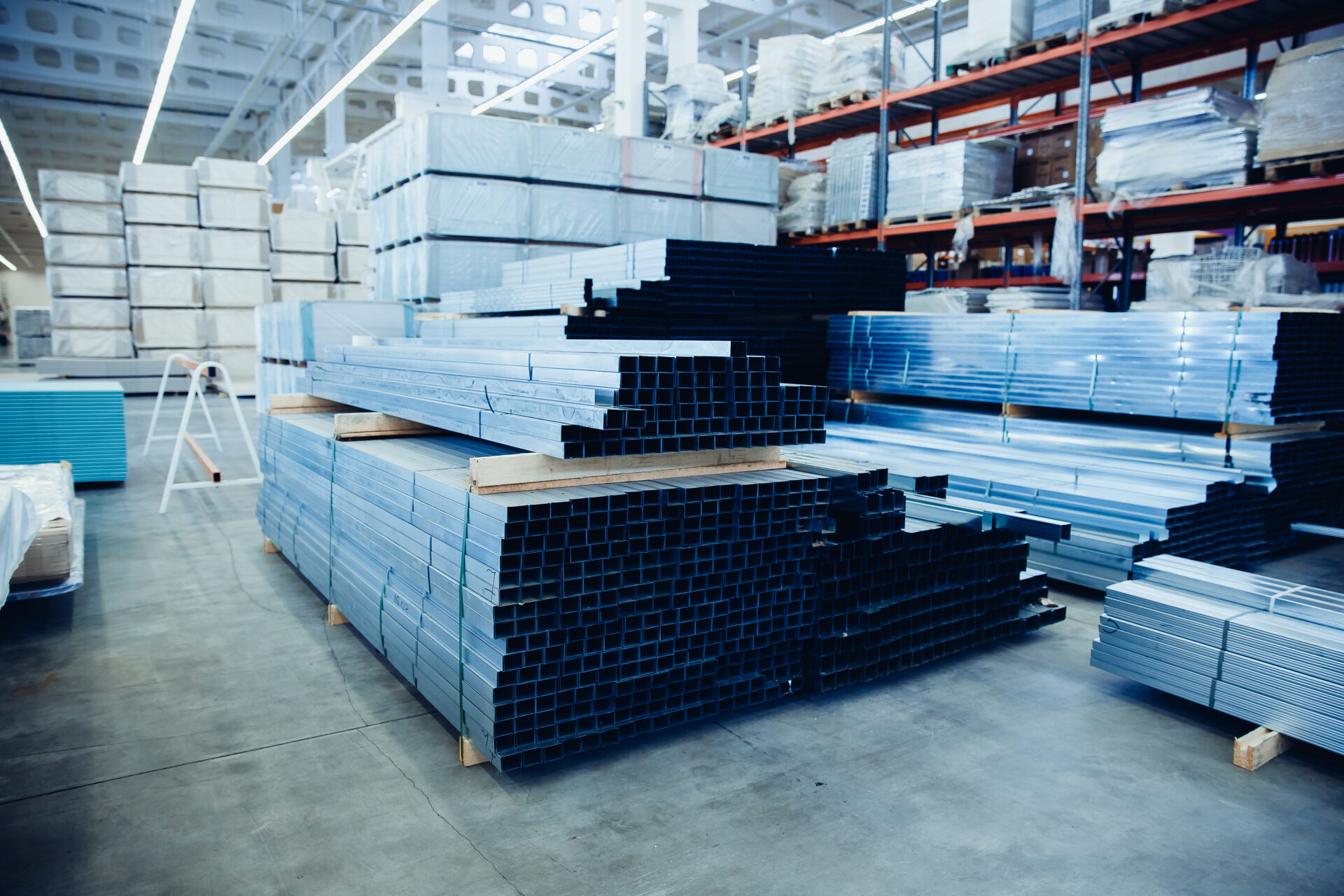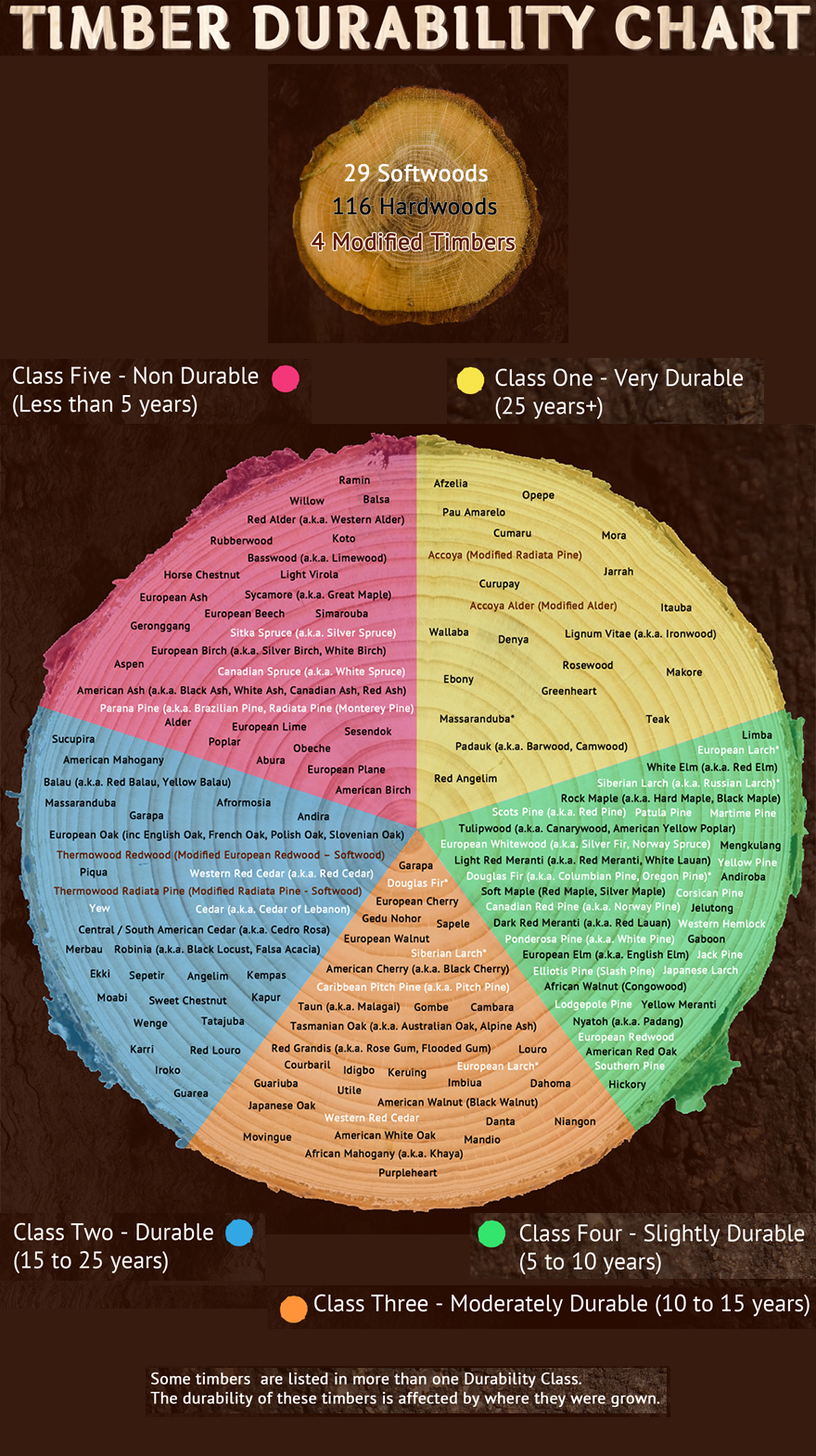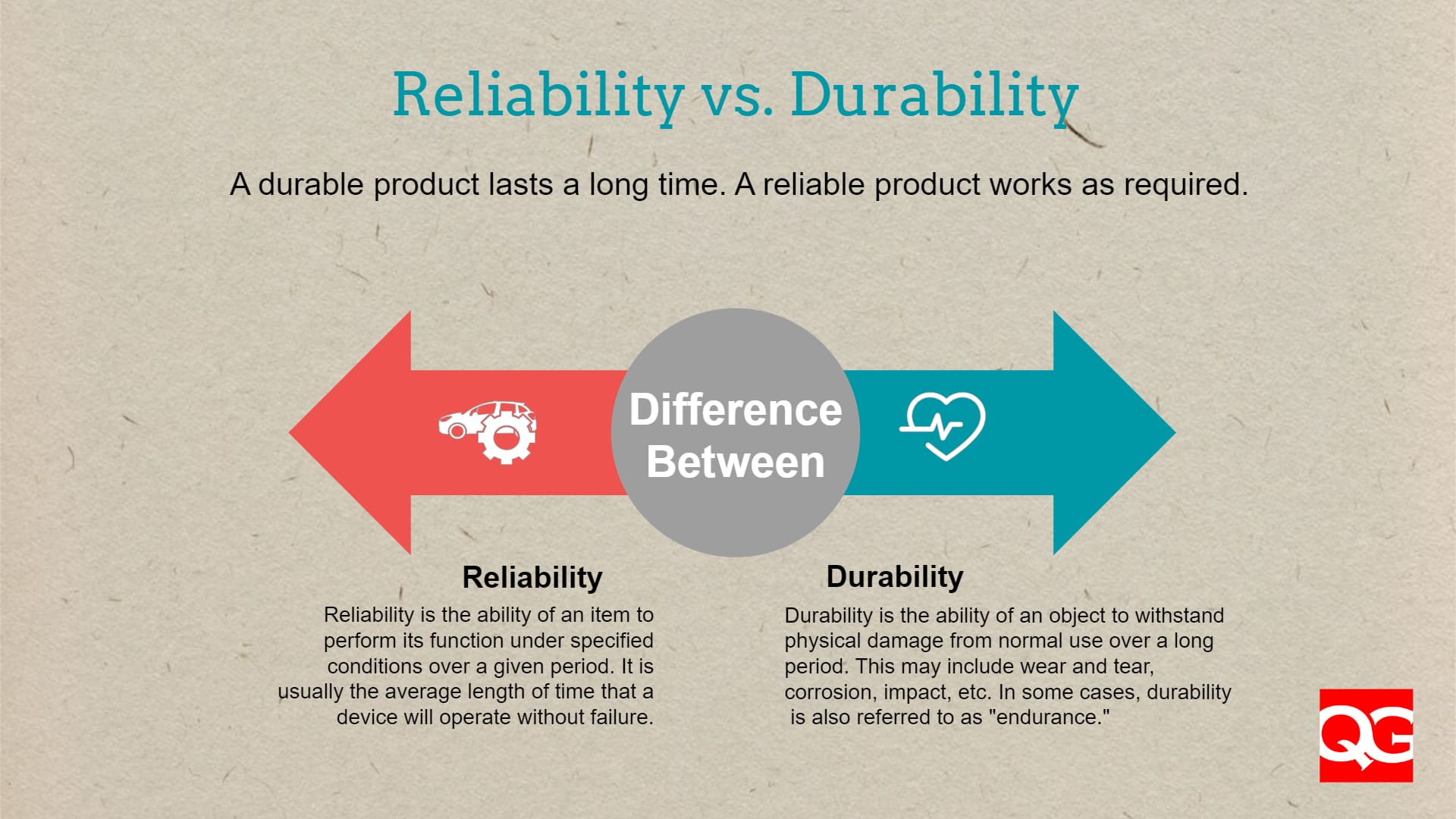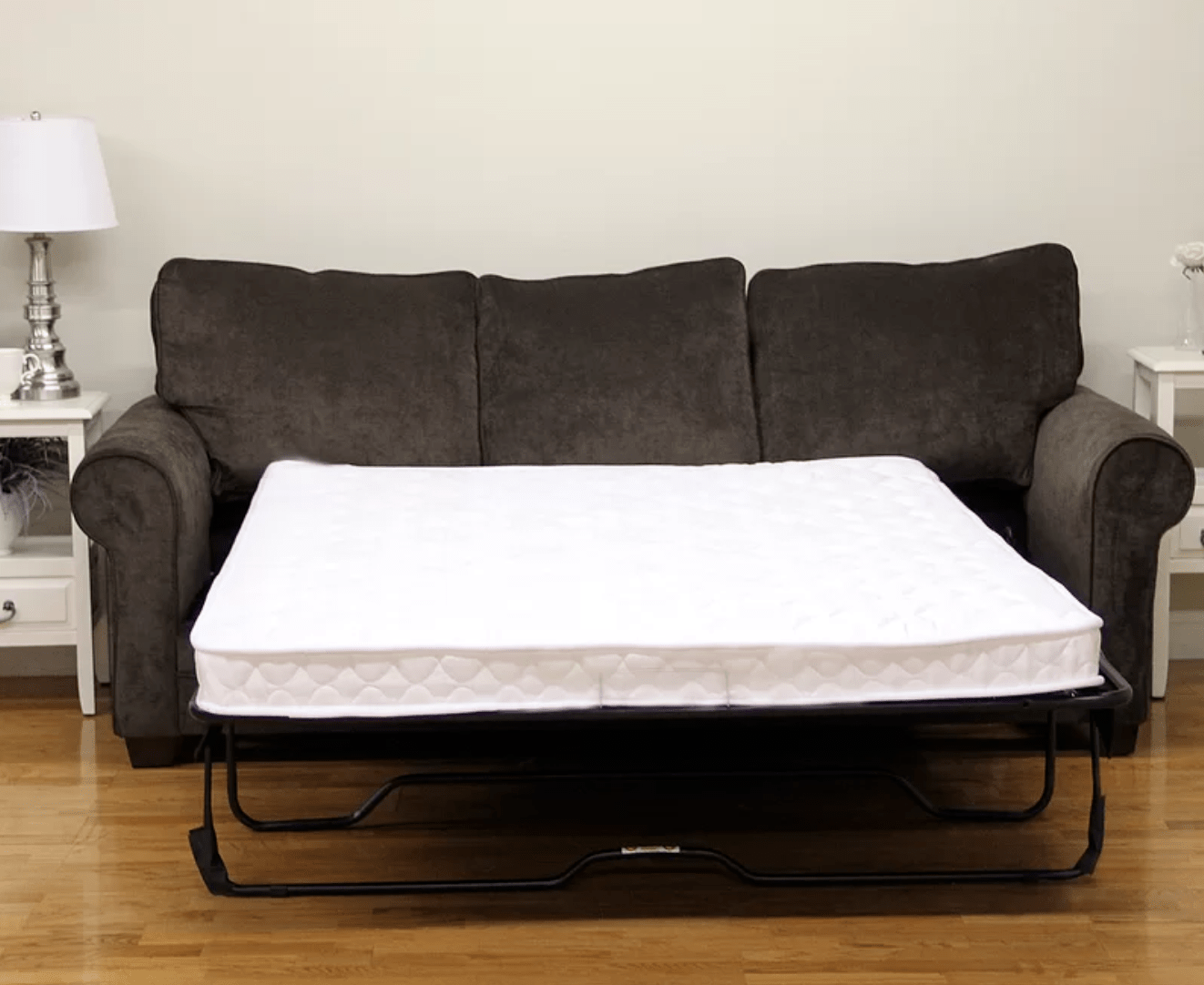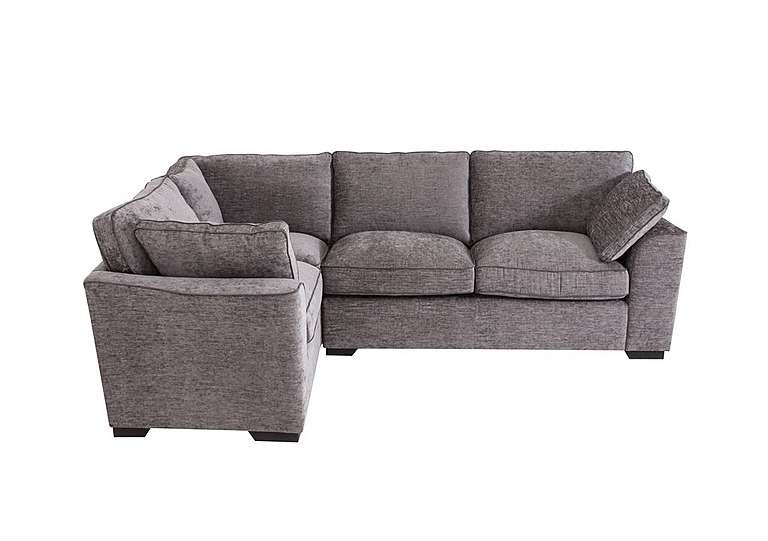Memory Foam vs Regular Mattress: Understanding the Key Differences
When it comes to choosing a mattress, there are many options available in the market. However, two of the most popular types are memory foam mattresses and regular mattresses. While both offer a good night's sleep, they have distinct differences that set them apart. In this article, we will explore the top 10 main differences between memory foam mattresses and regular mattresses to help you make an informed decision.
1. Material Composition
The main difference between memory foam mattresses and regular mattresses lies in their material composition. Memory foam mattresses are made from viscoelastic foam, which is designed to mold to the shape of your body, providing maximum comfort and support. On the other hand, regular mattresses are typically made from innerspring or coil systems, topped with layers of foam, cotton, or other materials.
2. Level of Support
One of the key factors to consider when choosing a mattress is the level of support it offers. Memory foam mattresses are known for providing excellent support as they conform to your body's shape, distributing your weight evenly and relieving pressure points. This can be beneficial for people with back pain or joint issues. Regular mattresses, on the other hand, may not offer the same level of support as they tend to have more give and bounce.
3. Comfort
Comfort is another important factor to consider when choosing a mattress. Memory foam mattresses are often praised for their comfort as they contour to your body, providing a cradling sensation. This can be particularly beneficial for people who prefer a softer sleeping surface. Regular mattresses, on the other hand, may not offer the same level of comfort as they can feel firmer due to their coil or spring systems.
4. Construction
The construction of memory foam mattresses and regular mattresses is also quite different. Memory foam mattresses are typically made of several layers of foam, including a base layer, support layer, and comfort layer. These layers work together to provide the right amount of support and comfort. Regular mattresses, on the other hand, may have a more complex construction with layers of foam, cotton, and coils or springs.
5. Temperature Regulation
Memory foam mattresses have a reputation for retaining heat, which can be a concern for some people. However, many manufacturers have now introduced cooling technologies in their memory foam mattresses to regulate temperature and prevent overheating. Regular mattresses, on the other hand, do not have the same issue as they tend to have better airflow due to their coil or spring systems.
6. Durability
When it comes to durability, memory foam mattresses have a slight advantage over regular mattresses. The materials used in memory foam mattresses are designed to last longer and retain their shape and support. Regular mattresses, on the other hand, may lose their shape and support over time, especially if they are made with lower-quality materials.
7. Price
Price is another important factor to consider when choosing a mattress. Memory foam mattresses tend to be more expensive than regular mattresses due to their advanced materials and construction. However, it's important to note that a good quality memory foam mattress can last for many years, making it a worthwhile investment in the long run.
8. Motion Transfer
If you sleep with a partner, you may be familiar with the issue of motion transfer. This refers to the movement felt on your side of the bed when your partner moves or gets out of bed. Memory foam mattresses are known for their excellent motion isolation, which means you are less likely to feel your partner's movements. Regular mattresses, on the other hand, may have a higher level of motion transfer due to their coil or spring systems.
9. Allergy-Friendly
If you suffer from allergies, your mattress can play a significant role in your symptoms. Memory foam mattresses are generally hypoallergenic and resistant to dust mites, making them a good choice for people with allergies. Regular mattresses, on the other hand, may harbor more allergens due to their spring or coil systems.
Difference Between Memory Foam Mattress and Regular Mattress

Pros and Cons of Memory Foam Mattress
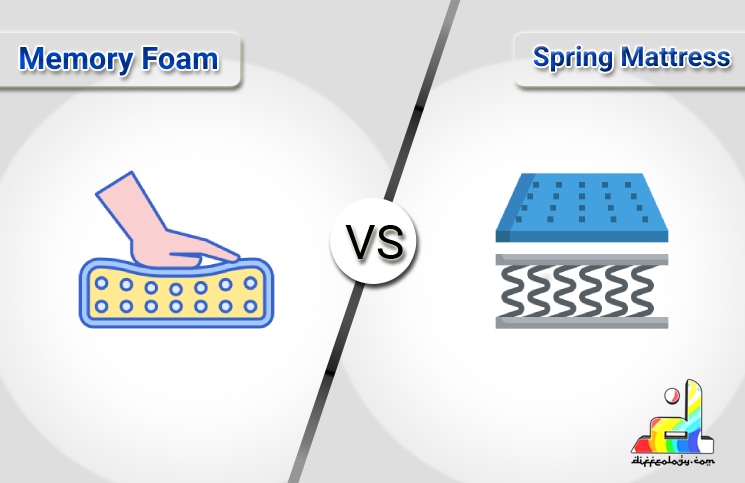 Memory foam mattresses have gained popularity in recent years due to their ability to contour to the body and provide pressure relief. These mattresses are made from a viscoelastic material that responds to body heat and weight to conform to the body's shape. This creates a supportive and comfortable sleeping surface, making it a popular choice for those with back or joint pain. However, there are a few drawbacks to consider when it comes to memory foam mattresses.
Pros:
Memory foam mattresses provide excellent support and pressure relief, making them a good choice for those with chronic pain or injuries. They also absorb motion, making them a good option for couples who don't want to disturb each other's sleep. Memory foam mattresses are also known for their durability, with some brands offering warranties of up to 20 years.
Cons:
One of the main complaints about memory foam mattresses is that they can retain heat, making them uncomfortable for hot sleepers. They also have a slower response time, which can make it difficult to change positions during the night. Additionally, some people find the sinking feeling of memory foam uncomfortable and may prefer a firmer sleeping surface.
Memory foam mattresses have gained popularity in recent years due to their ability to contour to the body and provide pressure relief. These mattresses are made from a viscoelastic material that responds to body heat and weight to conform to the body's shape. This creates a supportive and comfortable sleeping surface, making it a popular choice for those with back or joint pain. However, there are a few drawbacks to consider when it comes to memory foam mattresses.
Pros:
Memory foam mattresses provide excellent support and pressure relief, making them a good choice for those with chronic pain or injuries. They also absorb motion, making them a good option for couples who don't want to disturb each other's sleep. Memory foam mattresses are also known for their durability, with some brands offering warranties of up to 20 years.
Cons:
One of the main complaints about memory foam mattresses is that they can retain heat, making them uncomfortable for hot sleepers. They also have a slower response time, which can make it difficult to change positions during the night. Additionally, some people find the sinking feeling of memory foam uncomfortable and may prefer a firmer sleeping surface.
Pros and Cons of Regular Mattress
 Regular mattresses, also known as innerspring mattresses, have been around for decades and are still a popular choice for many. These mattresses are made with a core of metal springs and are often topped with layers of foam or padding for comfort. While they may not offer the same level of contouring and pressure relief as memory foam mattresses, they have their own set of advantages.
Pros:
One of the main advantages of a regular mattress is its affordability. Innerspring mattresses are generally more budget-friendly compared to memory foam or other types of mattresses. They also tend to be more breathable, making them a better option for hot sleepers. Additionally, regular mattresses have a faster response time, making it easier to change positions during the night.
Cons:
One of the biggest drawbacks of regular mattresses is their lack of support. The metal springs can create pressure points and may not provide enough support for those with chronic pain or injuries. They also tend to have a shorter lifespan compared to memory foam mattresses, with an average warranty of 5-10 years.
Regular mattresses, also known as innerspring mattresses, have been around for decades and are still a popular choice for many. These mattresses are made with a core of metal springs and are often topped with layers of foam or padding for comfort. While they may not offer the same level of contouring and pressure relief as memory foam mattresses, they have their own set of advantages.
Pros:
One of the main advantages of a regular mattress is its affordability. Innerspring mattresses are generally more budget-friendly compared to memory foam or other types of mattresses. They also tend to be more breathable, making them a better option for hot sleepers. Additionally, regular mattresses have a faster response time, making it easier to change positions during the night.
Cons:
One of the biggest drawbacks of regular mattresses is their lack of support. The metal springs can create pressure points and may not provide enough support for those with chronic pain or injuries. They also tend to have a shorter lifespan compared to memory foam mattresses, with an average warranty of 5-10 years.
Which One Should You Choose?
 When it comes to choosing between a memory foam mattress and a regular mattress, it ultimately comes down to personal preference and individual needs. If you suffer from chronic pain or prefer a softer sleeping surface, a memory foam mattress may be the best option for you. However, if you have a limited budget or tend to sleep hot, a regular mattress may be a better fit. Whichever type of mattress you choose, it's important to do your research and try out different options to find the one that suits your needs and preferences best.
When it comes to choosing between a memory foam mattress and a regular mattress, it ultimately comes down to personal preference and individual needs. If you suffer from chronic pain or prefer a softer sleeping surface, a memory foam mattress may be the best option for you. However, if you have a limited budget or tend to sleep hot, a regular mattress may be a better fit. Whichever type of mattress you choose, it's important to do your research and try out different options to find the one that suits your needs and preferences best.

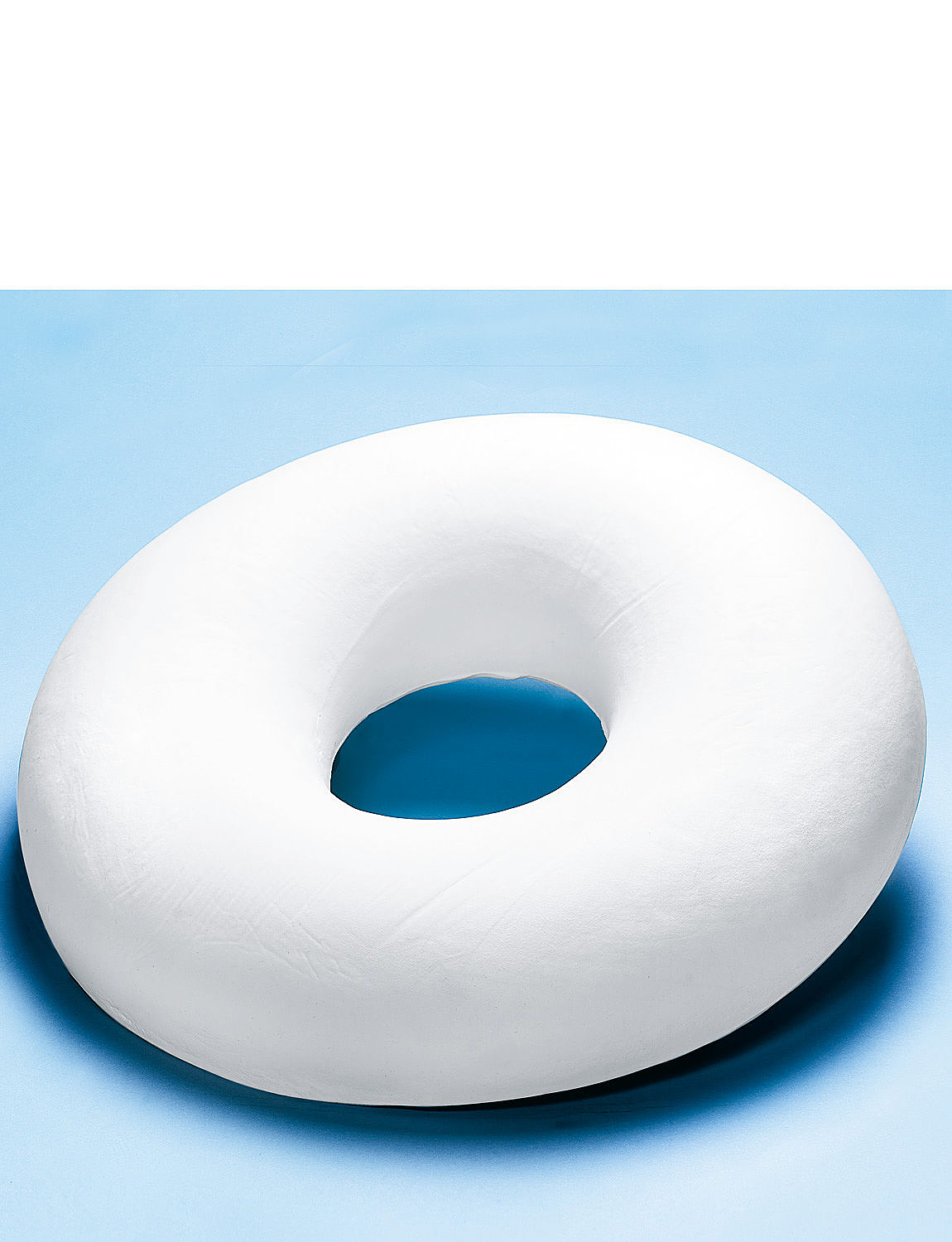




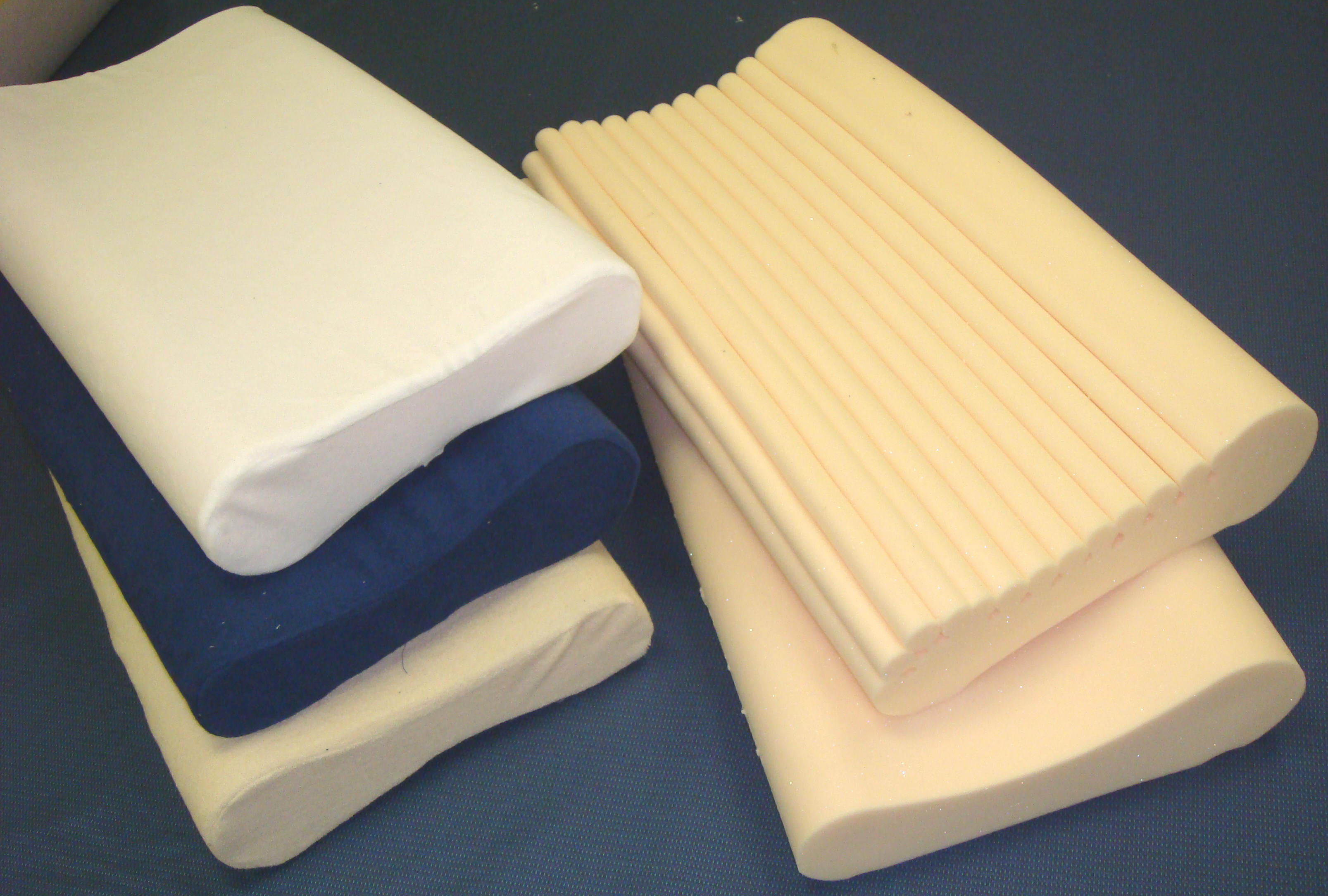
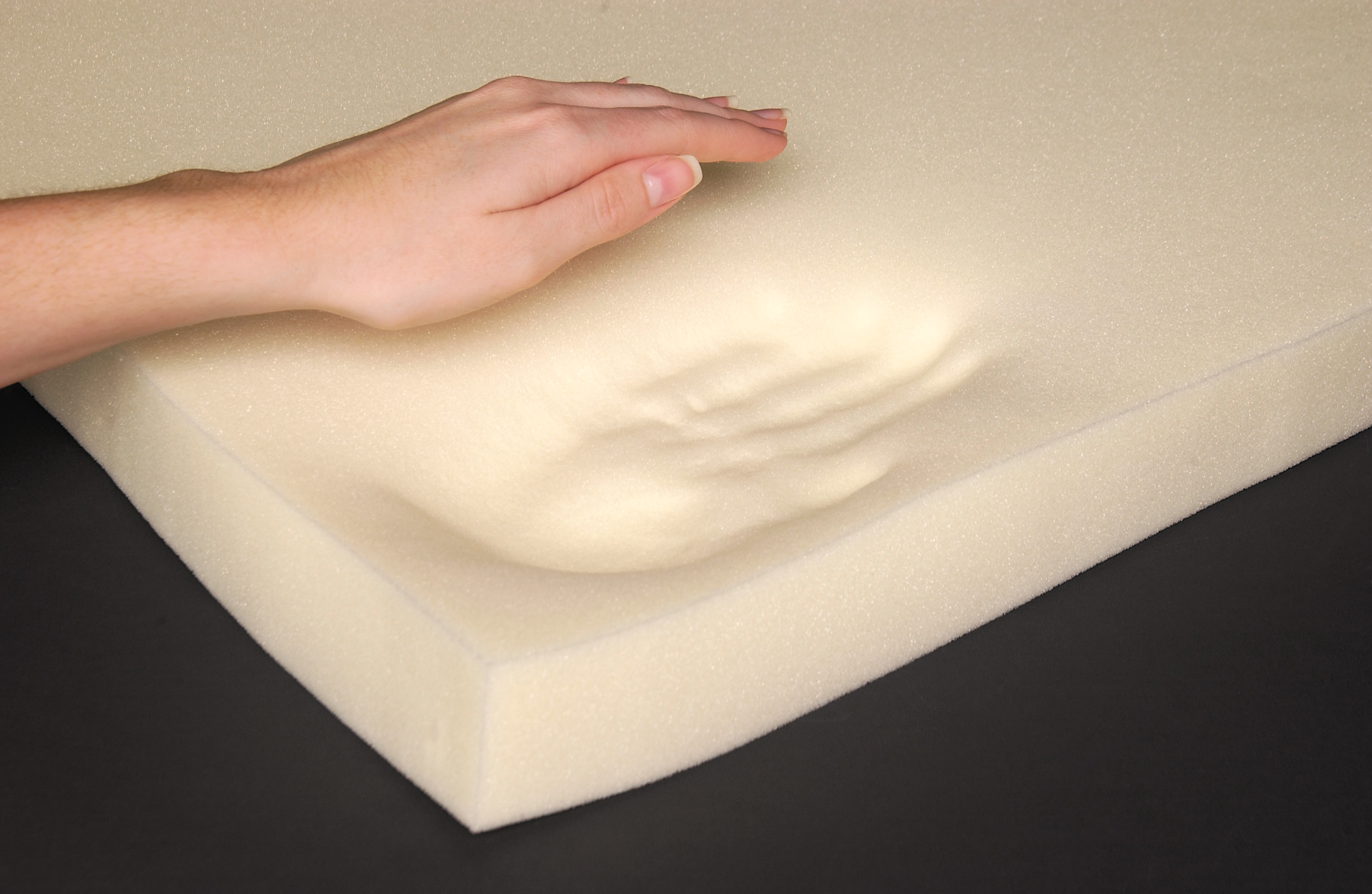
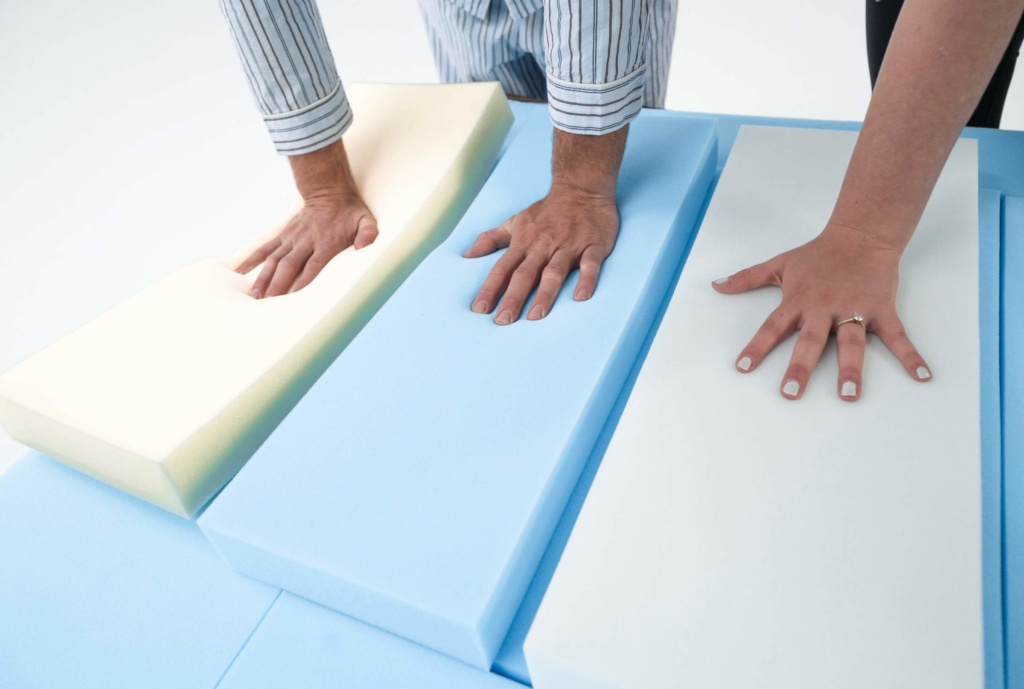










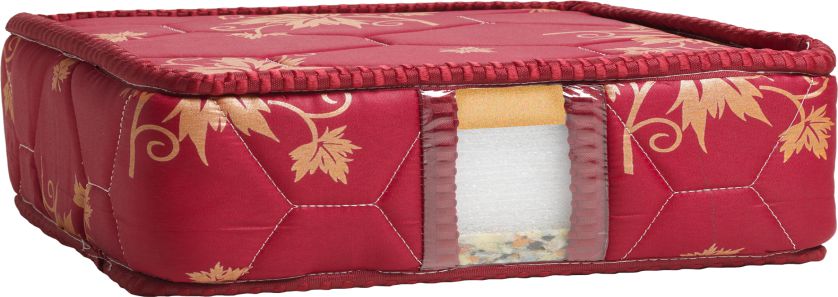
















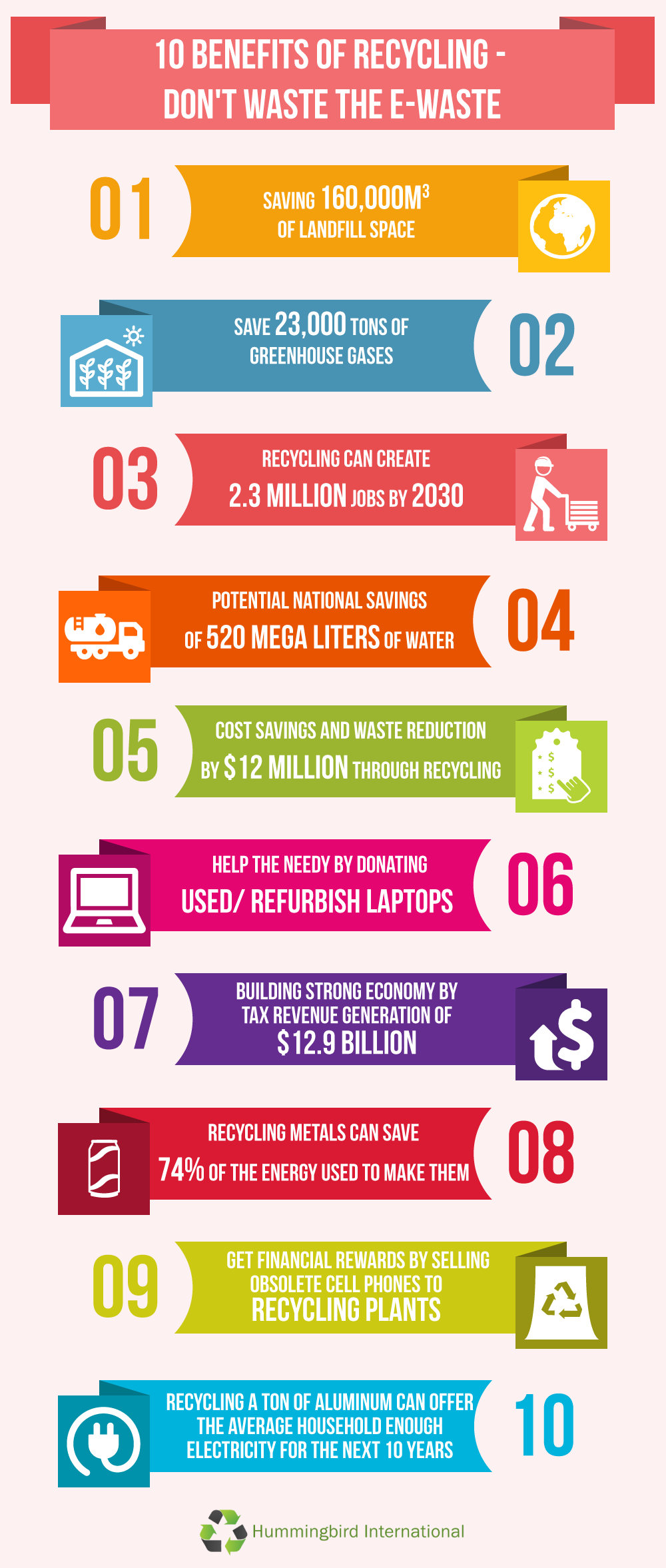




































.jpg)

